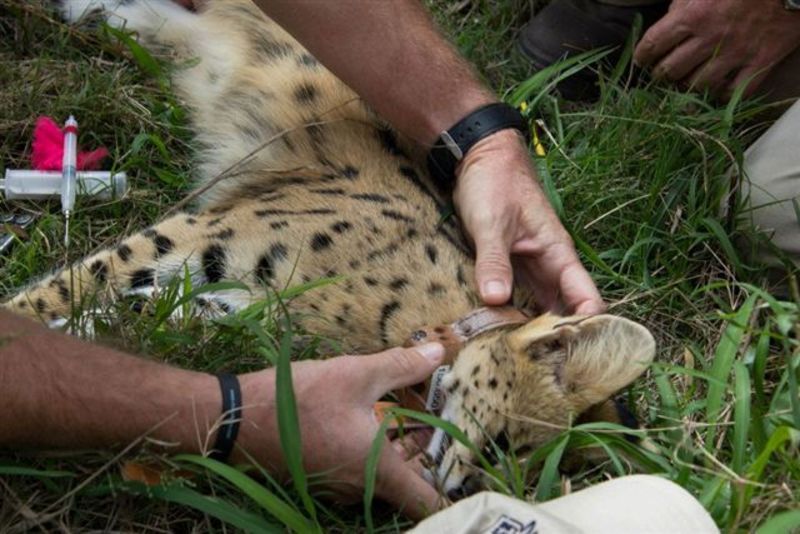Wildlife plays an important role in maintaining a healthy environment and in providing us with food and other valuable products. Unfortunately, wildlife is under threat from human activities such as land degradation, climate change, and overhunting. Fortunately, there are ways to protect wildlife on your property by following some simple steps. Taking the time to defend wildlife on your property can help to preserve the natural beauty of your environment and prevent the loss of species. From planting trees to providing a safe habitat, here are 6 steps you can take to safeguard nature on your property.
Create a Safe Habitat
Creating a safe habitat is the key to protecting wildlife on or near your property. Providing a safe habitat for wildlife can be accomplished in many ways and typically helps to reduce the impacts of human activities such as development, pollution, and hunting. A safe habitat can be created by planting native trees and plants, creating a water source, and providing plenty of hiding places.
Planting native trees and plants will contribute to a healthier ecosystem. This might involve creating a water source to help to attract wildlife and provide them with a place to drink and bathe. You should consider installing birdbaths, ponds, or other water features. Creating a safe habitat also means eliminating possible threats to wildlife. Some examples of this include closely monitoring curious pets and never placing a deer feeder near roadways. Finally, providing plenty of hiding places can help to keep wildlife safe from predators. Hiding places can be created by adding logs, rocks, and other natural features to the landscape.
Plant Native Trees and Plants
Planting native trees and plants is one of the best ways to protect wildlife on your property. Native trees and plants provide food and shelter for native species, while also helping to create a healthy ecosystem. In addition, they help to reduce erosion, capture carbon and create a beautiful landscape. Planting native trees and plants can also help to reduce the number of invasive species on your property, which can outcompete native species. Before planting, it is important to research the local species and check with your local authority to ensure that you are planting the right species in the right place.
When planting trees and plants, it is important to use organic materials such as compost and mulch. Compost helps to improve the soil quality, while mulch helps to retain moisture. It is also important to use organic fertilizers and organic pest control products to avoid inadvertent damage. In addition, it is important to ensure that the trees and plants have enough space to grow and receive enough sunlight.
Reduce Water Pollution
Water pollution is a major threat to wildlife, as it can cause fish kills, algal blooms, and other serious problems. The first step is to reduce the number of pollutants entering your water sources. This can be done by avoiding the use of chemical fertilizers and pesticides, and by regularly cleaning up after pets. It is also important to avoid improper disposal of pollutants, like motor oil and paint.
Aside from reducing pollutants, landowners must also protect water sources from erosion. Erosion can cause sediment to enter the water, which can smother fish and other aquatic species. Reducing erosion can be done by planting trees and plants to stabilize the soil. Finally, it is important to clean up any debris from your water sources to prevent it from harming wildlife.
Control Invasive Species
Invasive species can outcompete native species for resources, which can lead to the displacement of native species and cause damage to your local ecosystem. Controlling invasive species on your property is a critical step to protecting local wildlife. Be sure to identify any invasive species on your property and research the best methods for controlling them. Once you have identified the invasive species, take all necessary steps to control them. This can be done through manual removal, using herbicides and pesticides, or by introducing natural predators.
Build Fences
Building fences is another important step to protecting wildlife on your property. Fences can help to protect wildlife from predators, hunters, and other threats. They can also help to prevent animals from entering your property and causing damage. When building a fence, it is important to use materials that are safe for wildlife and to ensure that the fence is high enough to keep out predators. It is also important to ensure that the fence does not block natural pathways or disrupt the local environment in any way. If you have a fence that is negatively affecting wildlife, you can install gates or other openings in the fence.
Educate Others About Wildlife Conservation
Educating others about wildlife conservation is the best, and often most overlooked, strategy for protecting wildlife. Teaching others about the importance of wildlife conservation can help to raise awareness and encourage more people to take action. Start by informing your family and friends and encourage them to take steps to protect wildlife on their own properties. You can also reach out to local organizations and schools for help educating others. There are countless opportunities out there to help embrace conservation, such as volunteering with local wildlife organizations or using social media to spread the word about the importance of wildlife conservation and to encourage others to take action.
Conclusion
Protecting wildlife on your property is the best way for you to preserve the natural beauty of your environment and prevent the loss of native species. By following these 6 simple steps, you can safeguard nature on your property and help to create a healthier planet. Creating a safe habitat, planting native trees and plants, reducing water pollution, controlling invasive species, building fences, and educating others about wildlife conservation are all important measures to take to protect wildlife on your property.

